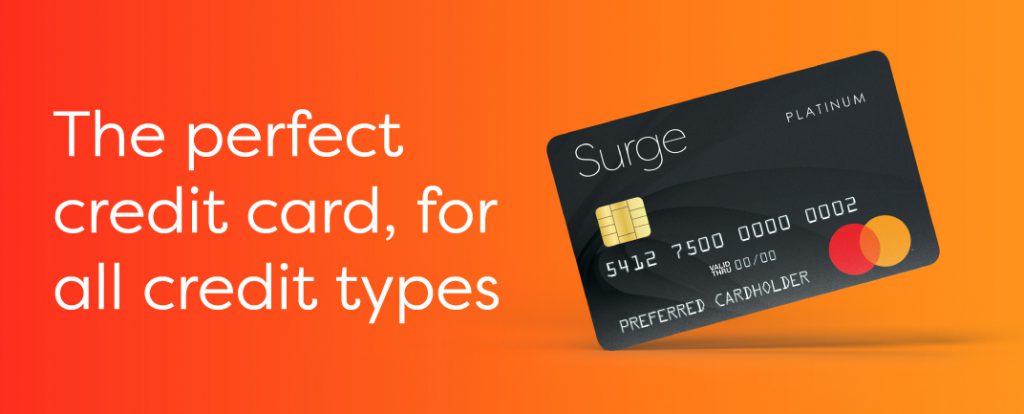Finance Charge
This is the monthly interest charge added to your account. The finance charge is calculated by multiplying your balance by the periodic interest rate. There are some instances where your credit card may not be subjected to a finance charge, like when you have a grace period on your balance or a zero percent promotional offer.

Annual Percentage Rate (APR)
The APR is the annual interest rate applied to your credit card balance. This rate is used to calculate your finance charge. The average APR on credit cards is around 20%. Since interest accumulates monthly and or daily, the APR is recalculated to a periodic or daily rate prior to computing your finance charge.
Billing Cycle
Billing cycle is the time frame between your billing statements. These cycles don’t necessarily match the calendar month and are typically shorter than 30 days. Billing cycles tend to be anywhere from 21 to 24 days long and are based on the time when your billing statement is prepared, not when your payment is due. Finance charges are calculated based on the number of days included on your billing cycle.
Grace Period
This is the time you have to settle your balance in full to avoid a finance charge. On credit cards, the grace period only applies when you’ve started a billing cycle with a zero balance. Most cash advances don’t have a grace period, meaning you will not have the opportunity to avoid interest on that balance.
Cash Advance
Another type of credit card transaction is when you withdraw cash from an ATM using your PIN. Usually, cash advances come with a fee, don’t have a grace period, and have a higher APR than card purchases or balance transfers. Since cash advances can be very expensive, you should try to avoid them.
Balance Transfer
This is a credit card transaction where you transfer the balance from one credit card to another. This transaction allows you to transfer a balance to a credit card with more favorable terms, like a low promotional rate. Sometimes balance transfers will have a different APR than purchases and may come with a transfer fee based on the amount transferred.
Credit Limit
Your credit limit is the maximum balance you can have on your credit card. Exceeding this limit will lead to an over-the-limit penalty. Usually, credit card companies will base your credit limit on your credit history and current income. When you apply for a card for the first time, your credit limit will be low, usually around $250 – $500. Once you have built a good credit history, the limit will be higher.
Available Credit
This is the difference between your credit limit and your current credit card balance. This is the amount that’s available for you to use without incurring an over-the-limit penalty. If you have opted out of over-the-limit transactions, then you won’t be able to exceed your available credit. If you did sign up for it, your credit card company may allow you to spend a specified amount more than your current available credit.
Past Due
This is a status placed on your credit card if you are behind on your minimum payments. Your credit card account is considered past due if you have paid less than the minimum payment required or if you have not made any payments at all. When your account is past due, a late fee will be added to your total balance. Normally, after becoming 30 days past due, your status will be reported to the credit bureaus and this will be posted on your credit history and in turn lower your credit score. If your account is 60 days past due, your credit card servicer will impose a penalty or default rate. When an account is 180 days past due, it will be charged-off and sent to a collection department or agency.

Continental Finance is one of America’s leading marketers and servicers of credit cards for people with less-than-perfect credit. Learn more by visiting ContinentalFinance.net

